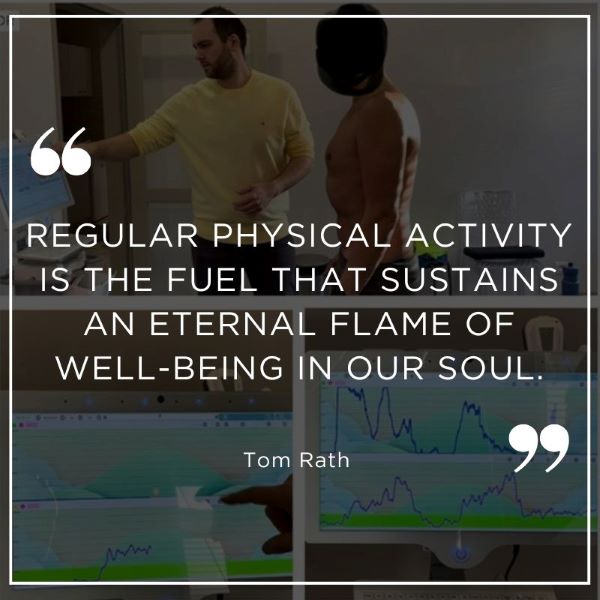
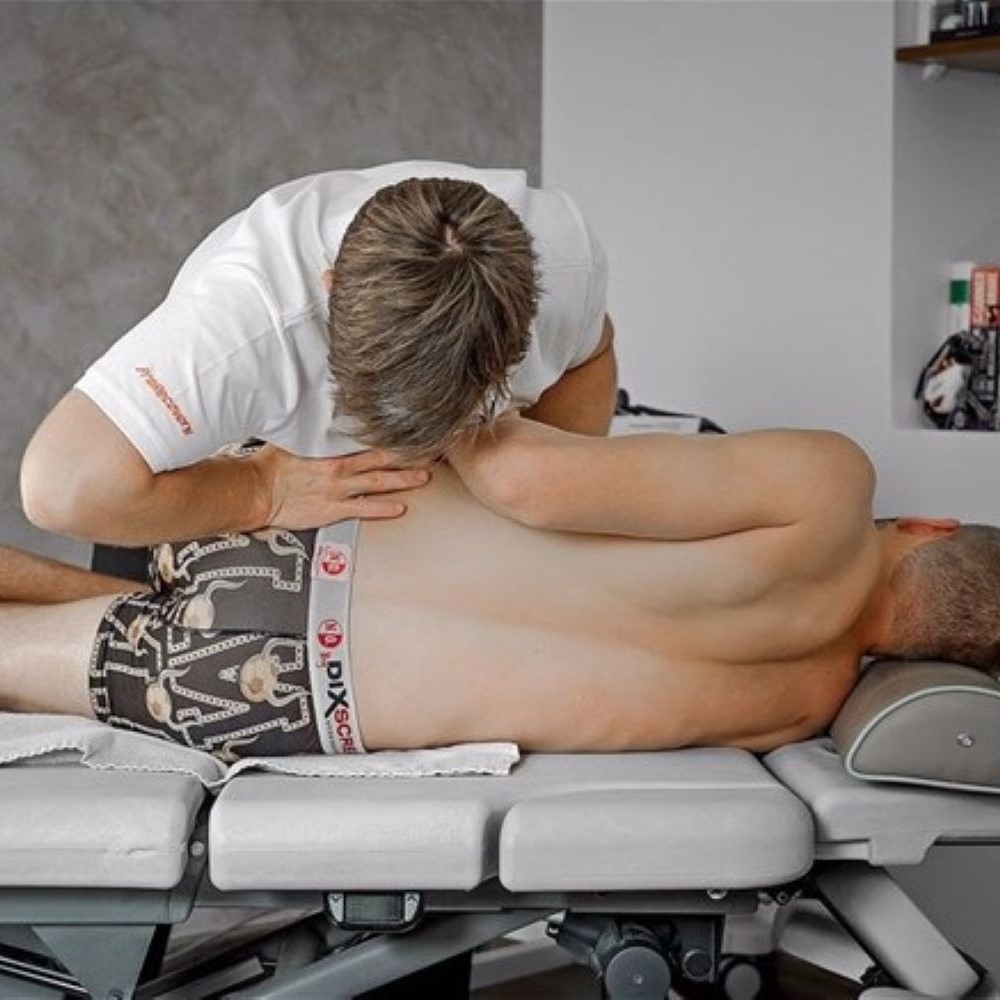
Manual therapy refers to the use of hands by the physiotherapist to assess, diagnose, and treat musculoskeletal disorders. This may include techniques such as joint mobilization, myofascial release, therapeutic massage, and muscle stretching. These techniques are used to relieve pain, improve mobility, restore function, and promote healing.
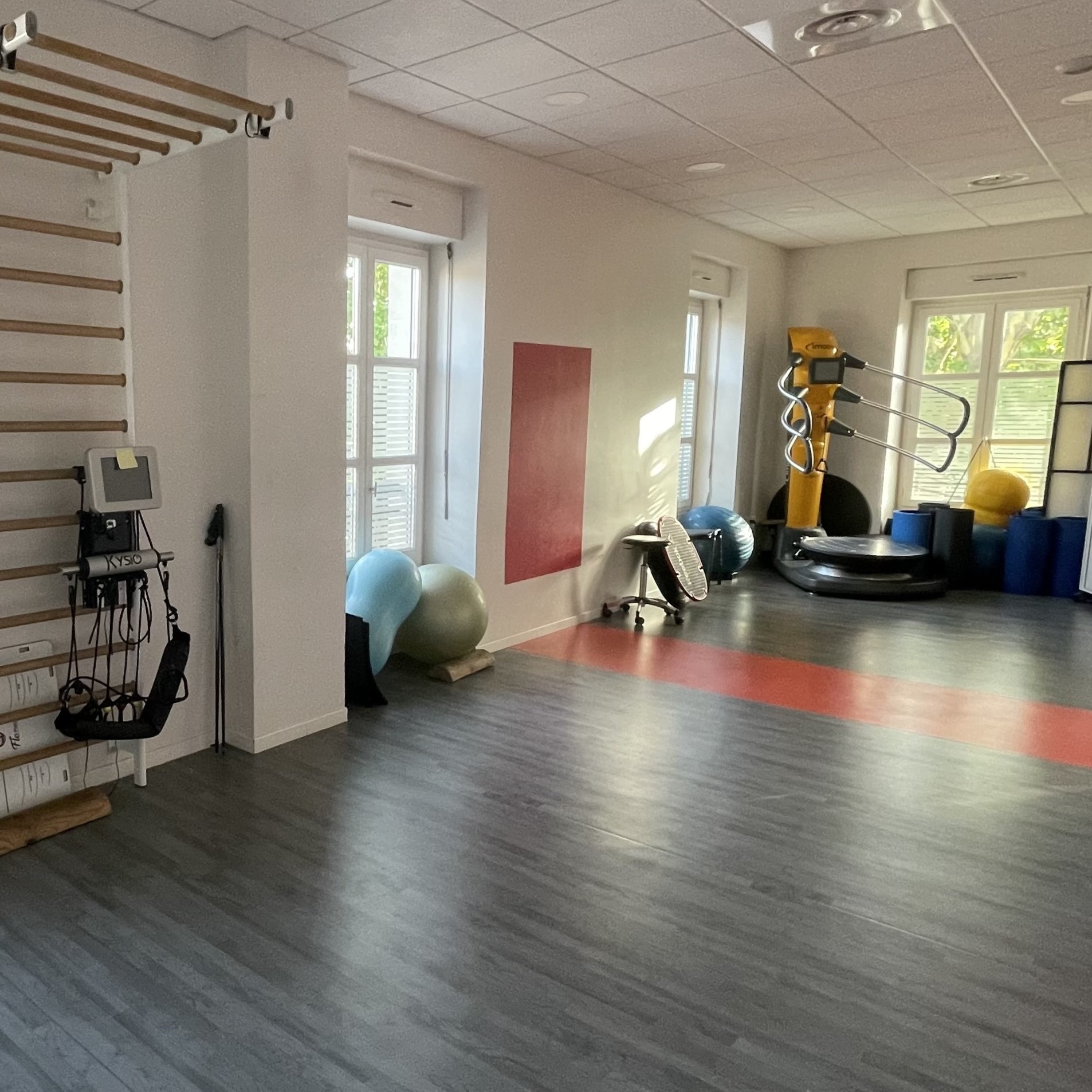
Dynamic therapy and rehabilitation involve the use of specific therapeutic exercises to improve muscle strength, flexibility, endurance, coordination, and balance. These exercises are tailored to the individual needs of the patient and aim to restore optimal function, correct muscle imbalances, and enhance physical performance.
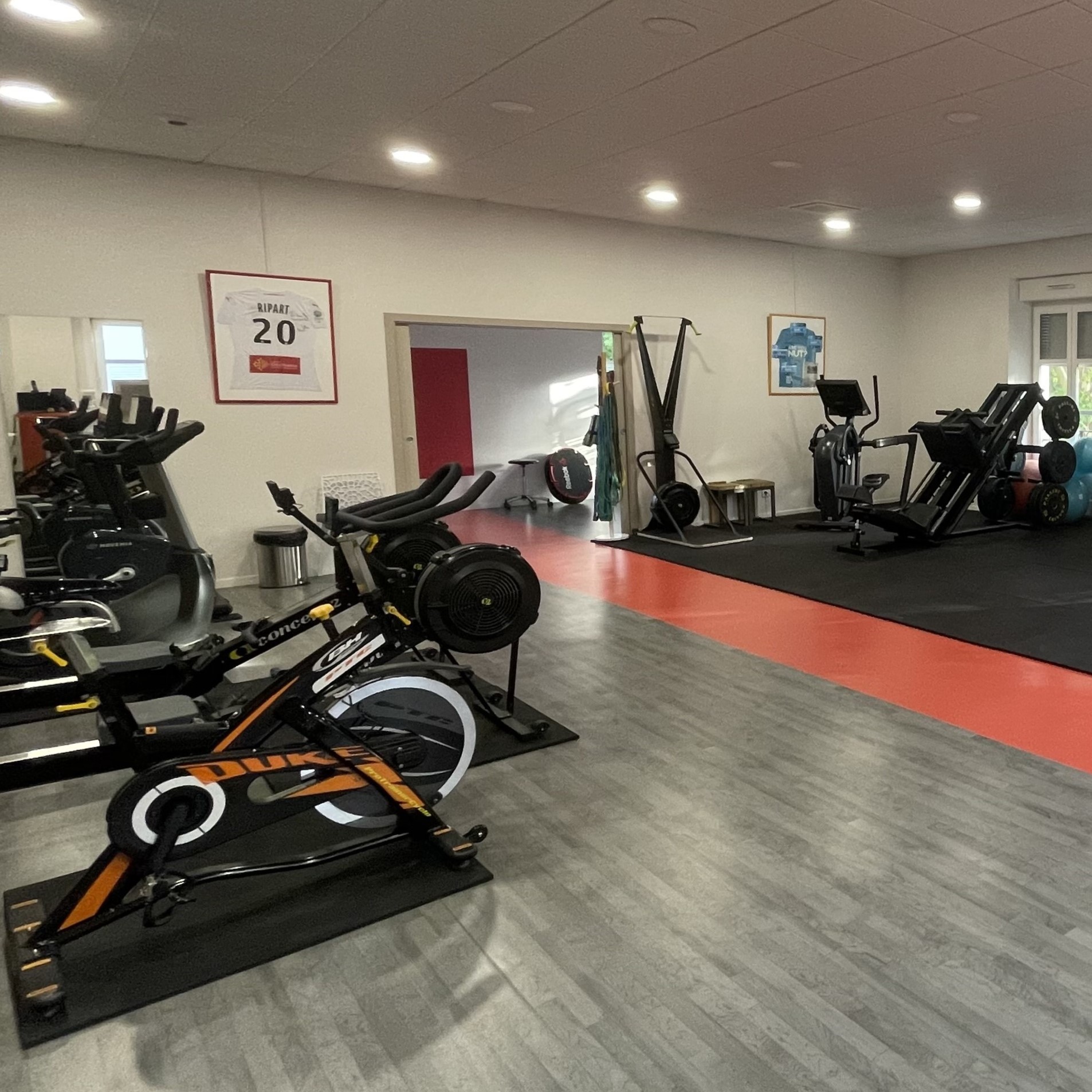
Adapted physical activity involves the prescription of exercises specifically tailored to an individual's abilities and limitations. This may include strength training, cardiorespiratory endurance exercises, flexibility exercises, and fitness activities adapted to the patient's specific condition. APA is used to improve the health, functionality, and quality of life of patients.
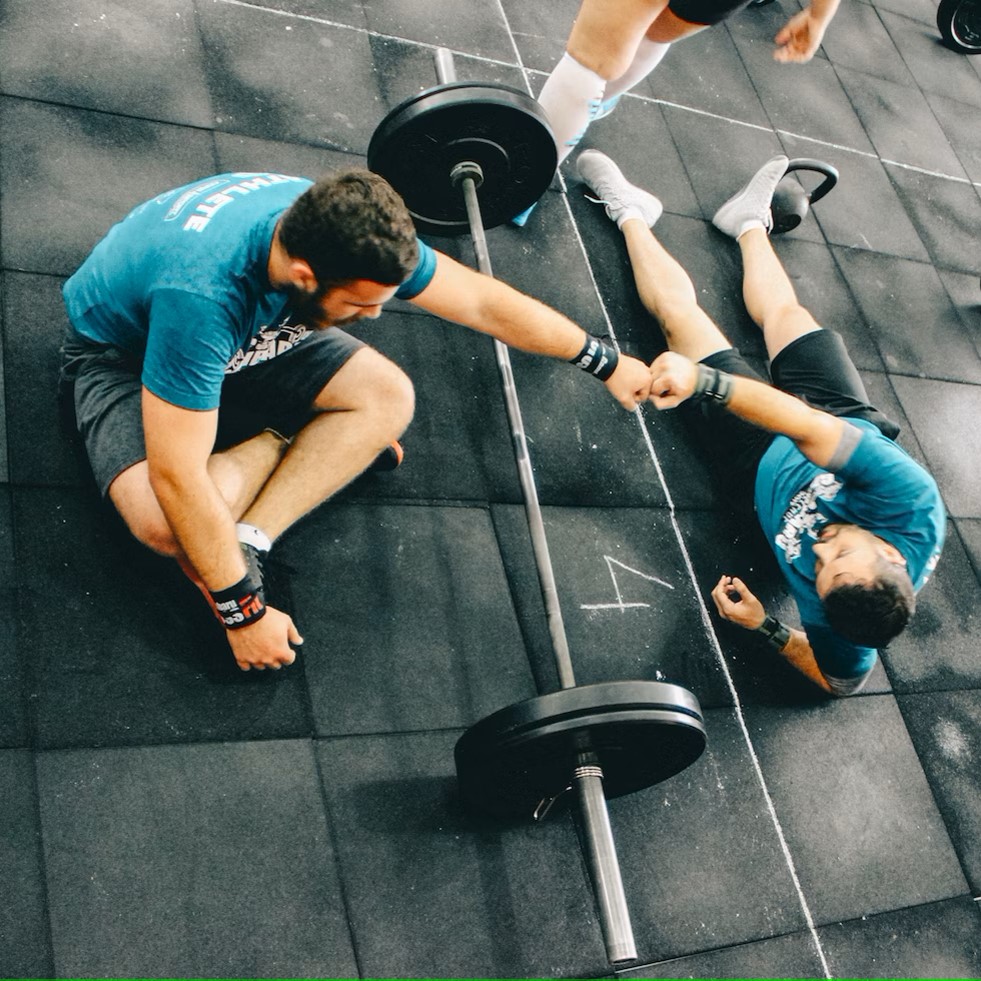
Reathletization is a recovery process aimed at helping patients regain their level of physical and sports activity after an injury or surgical intervention. This includes specific exercise programs, advice on a gradual return to activity, management of training loads, and prevention of relapses.
The rapid evolution of technology has significantly influenced the field of physiotherapy and has opened up new perspectives for patient treatment. Advances such as radiofrequency, dynamic platforms, shockwaves, and surface EMG have become indispensable tools in the daily practice of physiotherapists. While these technologies may seem complex, their use is based on solid foundations and brings significant benefits to healthcare. In this introduction, we will explore why these technologies have become so essential and how they contribute to improving the quality of care provided by physiotherapists.
The use of technology in the field of physiotherapy is based on a fundamental idea: optimizing clinical outcomes. Physiotherapists constantly seek to improve the effectiveness of their treatments and promote the rapid recovery of their patients. The technologies mentioned earlier offer innovative and complementary solutions to traditional approaches, allowing physiotherapists to expand their range of techniques and interventions.
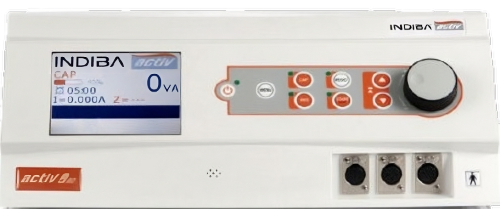
Radiofrequency is a technique used in physiotherapy for the treatment of pain, inflammation, and muscle tension. It involves applying high-frequency electromagnetic waves to the affected area of the body. This technique promotes blood circulation, stimulates cellular metabolism, and helps reduce pain. Radiofrequency is often used in cases of muscle contractures, arthritis, tendonitis, or sports injuries.
For example, radiofrequency can be used to treat elbow tendonitis. High-frequency electromagnetic waves applied locally stimulate blood circulation, which promotes the healing of damaged tissues and reduces inflammation. This helps relieve pain and restore joint functionality.
It is important to note that the use of these technologies complements the clinical expertise of the physiotherapist. These tools allow for more precise assessment, targeted treatment, and improved therapeutic outcomes. However, each patient is unique, and the physiotherapist will choose the techniques and technologies best suited to their specific condition.
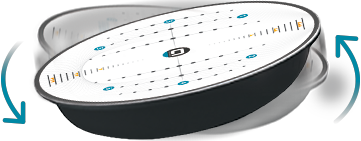
Dynamic platforms are devices used to assess the balance, stability, and coordination of patients. They consist of unstable surfaces that require the body to react and adapt to maintain posture. Physiotherapists use these platforms to assess proprioception (the perception of body position and movements) and design specific exercises to improve balance and coordination.
For example, a physiotherapist can use dynamic platforms to assess the balance and stability of a patient with walking difficulties due to an ankle injury. By having the patient perform exercises on these unstable surfaces, the therapist can help the patient regain better coordination, strengthen stabilizing muscles, and improve their ability to maintain balance.
It is important to note that the use of these technologies complements the clinical expertise of the physiotherapist. These tools allow for more precise assessment, targeted treatment, and improved therapeutic outcomes. However, each patient is unique, and the physiotherapist will choose the techniques and technologies best suited to their specific condition.

Shockwaves are high-energy acoustic pulses used to treat musculoskeletal conditions such as tendonitis, calcifications, chronic pain, and trigger points. Shockwaves promote tissue regeneration, improve local blood circulation, and reduce inflammation. This technology is often used by physiotherapists to accelerate the healing process and alleviate pain.
For example, shockwaves can be used to treat shoulder calcifications. High-energy acoustic pulses applied to the affected area help break down calcifications, promoting their absorption and tissue healing. This reduces pain and improves shoulder mobility.
It is important to note that the use of these technologies complements the clinical expertise of the physiotherapist. These tools allow for more precise assessment, targeted treatment, and improved therapeutic outcomes. However, each patient is unique, and the physiotherapist will choose the techniques and technologies best suited to their specific condition.
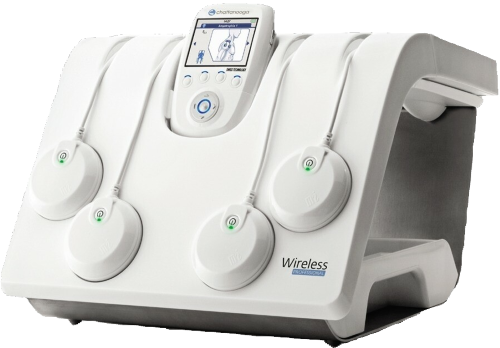
Surface EMG is a technique used to assess the electrical activity of muscles. Electrodes are placed on the skin above the muscles to measure and record the electrical activity generated during muscle contraction. Physiotherapists use this technology to assess muscle function, detect potential muscle imbalances, and design personalized exercise programs. Surface EMG is useful in the treatment of musculoskeletal disorders, nerve injuries, and neurological conditions.
For example, a physiotherapist can use surface EMG to assess the muscle strength and activation of the lower back muscles in a patient with lower back pain. The electrodes placed on the skin record the electrical activity of the muscles, allowing the identification of muscle imbalances and the design of targeted exercise programs to strengthen weakened muscles and restore muscle balance.
It is important to note that the use of these technologies complements the clinical expertise of the physiotherapist. These tools allow for more precise assessment, targeted treatment, and improved therapeutic outcomes. However, each patient is unique, and the physiotherapist will choose the techniques and technologies best suited to their specific condition.